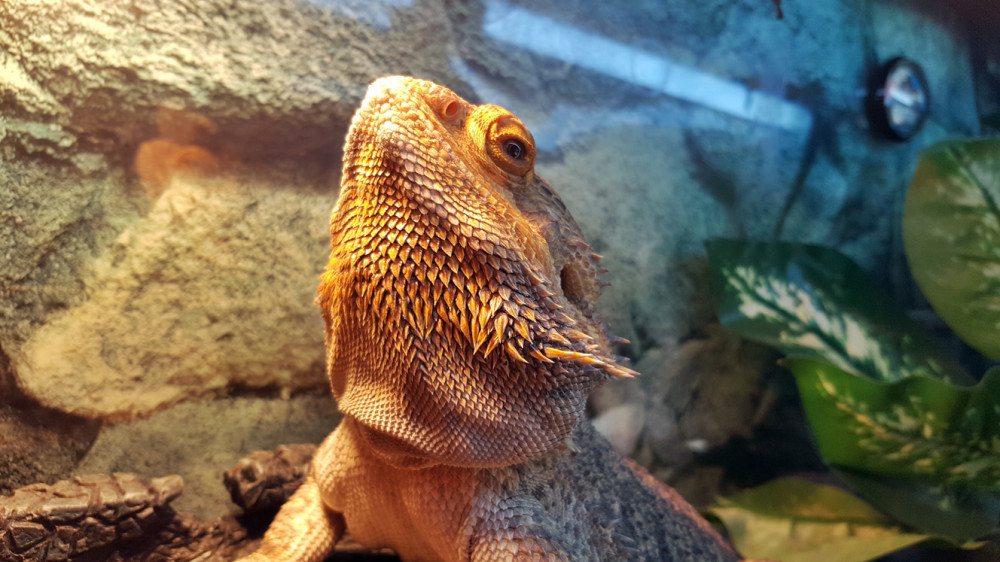With this post, we will cover some general bearded dragon facts that will include their natural habitat, behavioral patterns, and gender differences.
- Bearded dragons come from the outback to the south of Australia.
- Bearded dragons prefer woodlands, where they can easily keep an eye on their territory, hunt, and bask, but they can also be found in habitats such as deserts, shrublands, and Eucalyptus woodlands.
- Bearded dragons were introduced to the United States in the 1990s.
- The size of a bearded dragon depends on its sex, environment, diet, and species.
- Females are smaller than males.
- If the environment/cage is too small they do not grow as they should.
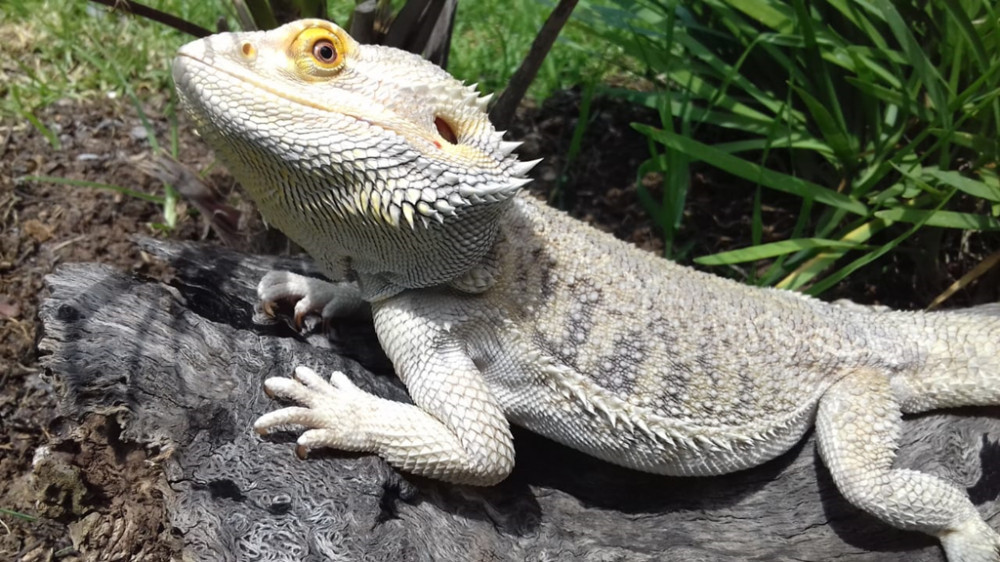
- There are different species of bearded dragons. Each species grows to a different size.
- Bearded dragons in captivity can live for up to 12 years with some recorded instances of up to 14, depending on how they are looked after.
- Bearded dragons in the wild live only up to 8 years with a few recorded instances of dragons living up to 10 years.
- The current world record for the longest a bearded dragon lived is 18 years. He/she was born, raised, and cared for in captivity.
- Bearded dragons got their name because of their spiky beards and heads. The spikes are used for self-defense.
- It has been illegal to export bearded dragons from Australia since the 1960s and all dragons found outside Australia at the time were illegally exported ones. Since then the population has grown and spread around the world so there is no longer the need to export them.
- In 2005 it was found that bearded dragons do produce venom, but it is harmless to anything other than insects.
- Unlike most lizards, bearded dragons’ limbs cannot regenerate. If they lose a limb, it is gone forever.
- The scientific name for bearded dragons is Pogona and their higher classification is Agaminae.
- A full-grown bearded dragon can weigh anywhere from 200g to 700g with some cases being even higher. Be careful of an overweight dragon though.
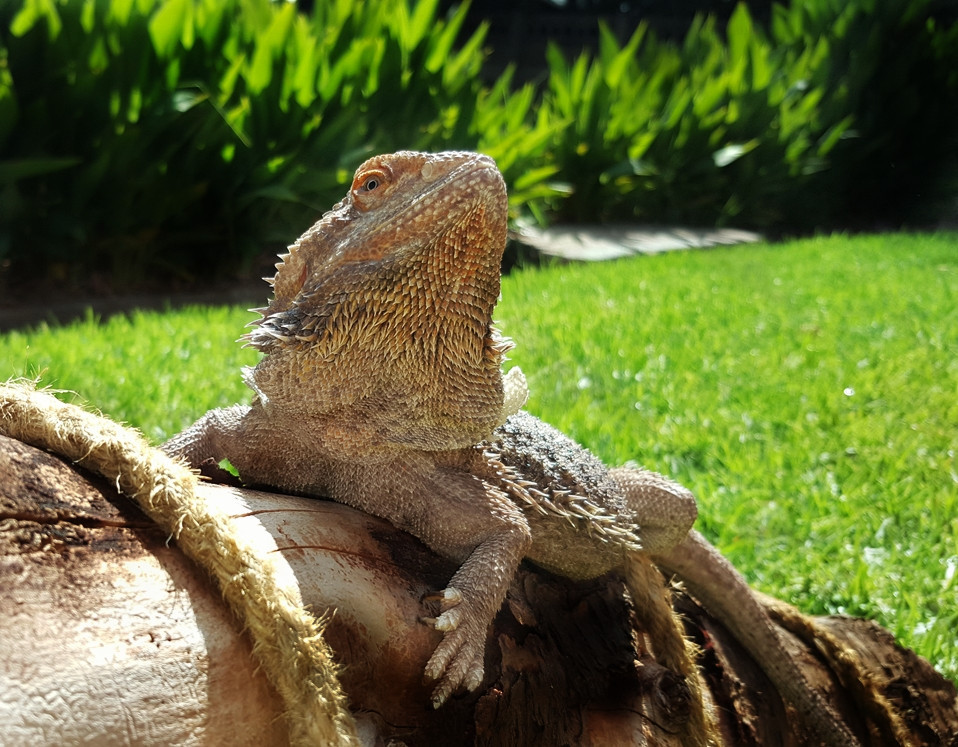
- A well-looked-after dragon can easily gain weight and become overweight because of a lack of exercise and/or overfeeding.
- A bearded dragon can only make one noise which is a hissing noise. Most bearded dragon owners will never hear this noise because they never really make it.
- In most countries you do not need a license to keep them, however, there are e few where you do need one.
- Bearded dragons cannot survive in the cold. They need constant heat to be healthy and active. Without it, they become ill and eventually die. Read more about Bearded Dragon Lighting and Heating
- Babies and juveniles in the wild can mostly be found in trees and so forth where the adults spend most of their time on the ground.
- Male bearded dragons are extremely territorial and will only allow babies and females in their territories.
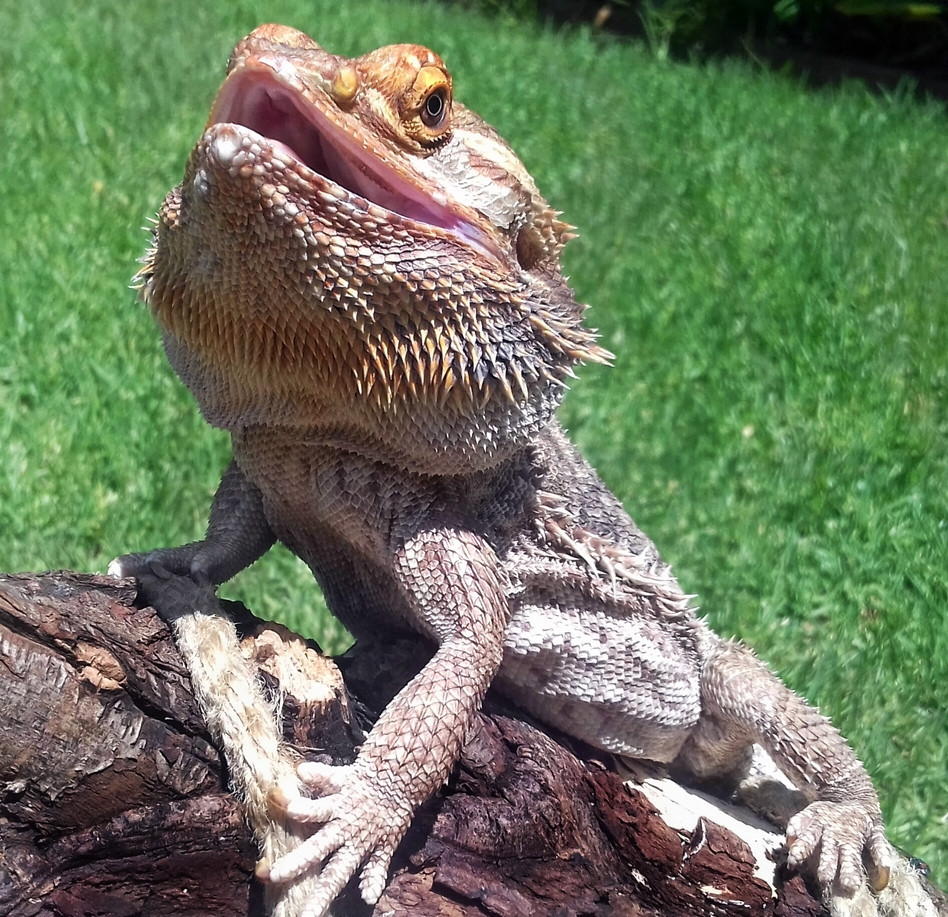
- The male bearded dragon will fight till one submits or dies for territory. Most fights end with one victory and the other walking away with a lot of wounds, sometimes even losing a limb in the process.
- Bearded dragons come in a huge amount of colors, but some are just plain grey or tan. They can darken or light up their skin color, but they cannot change it to another color.
- Females can lay 20-30 eggs at a time with only 45-70 days between when they were laid and when they hatch.
- A Female will burrow when she lays her eggs. The reason for burying the eggs is to regulate their temperature and to keep them moist.
- Bearded dragons are sometimes found in suburban gardens, but they are usually escaped/lost pets.
- Bearded dragon breeding season begins when the warmer season begins.
- The biggest population of wild bearded dragons can be found in Victoria, Australia.
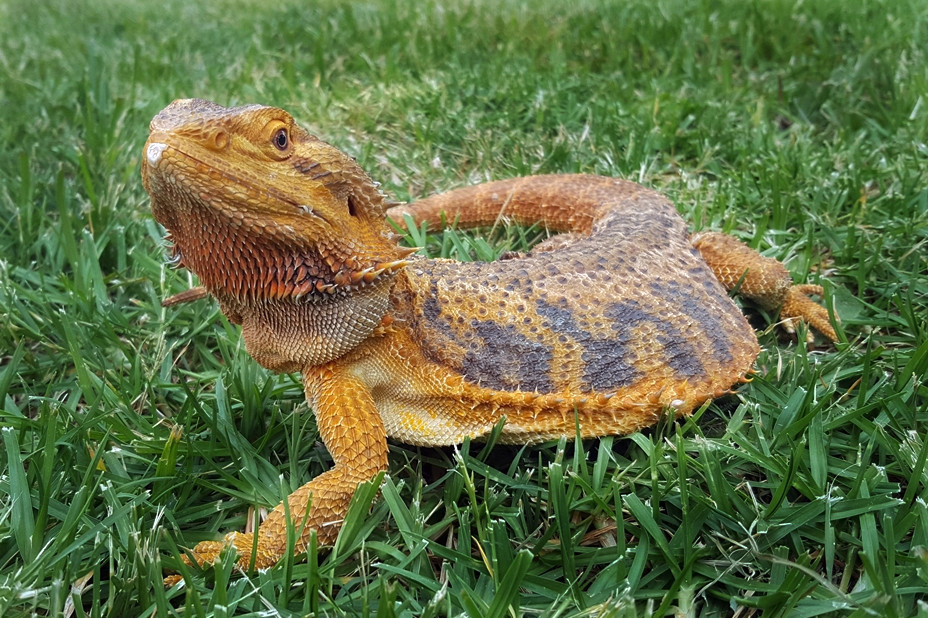
- There are 8 top classes/species of bearded dragons, each with its own sub-species. These species are what give you different color patterns, sizes, and so forth.
- Bearded dragons are not just ground dwellers, they are actually adept climbers.
- The central bearded dragon species is the one most commonly found as pets and in zoos. They have a hardy nature and are quite easy to care for in comparison to other exotic reptile species.
- Bearded dragons cannot tolerate extreme heat and will borrow and hide until it cools down. This is the reason why they are more active during the mornings and afternoons.
- Most bearded dragons will “build” them a permanent home. They borrow; hide under rocks and about anywhere that they are not exposed. This area/space is used as a home and they will brumate in there, sleep there during the night or just lie in there to cool down.
- Male bearded dragons have been known to attack females who do not show submissive behavior in their presence.
- The temperature to which the eggs incubate can determine the sex of a bearded dragon, no matter the chromosomes in the DNA.
- There are sadly quite a few defects that can occur in bearded dragons. They happen while the embryo is forming in the egg, and will affect the dragon throughout its life. There are a few known defects and causes, some that are unknown, and some that are just rare occurrences.
- Even though the most common species being held as pets are central bearded dragons, they are most of the time no longer “pure-blooded”. The ones being kept in captivity are called morphs, because of the breeding, inbreeding, and so forth that changed their looks and so on. There are a few different types of morphs, each with distinguishing characters.
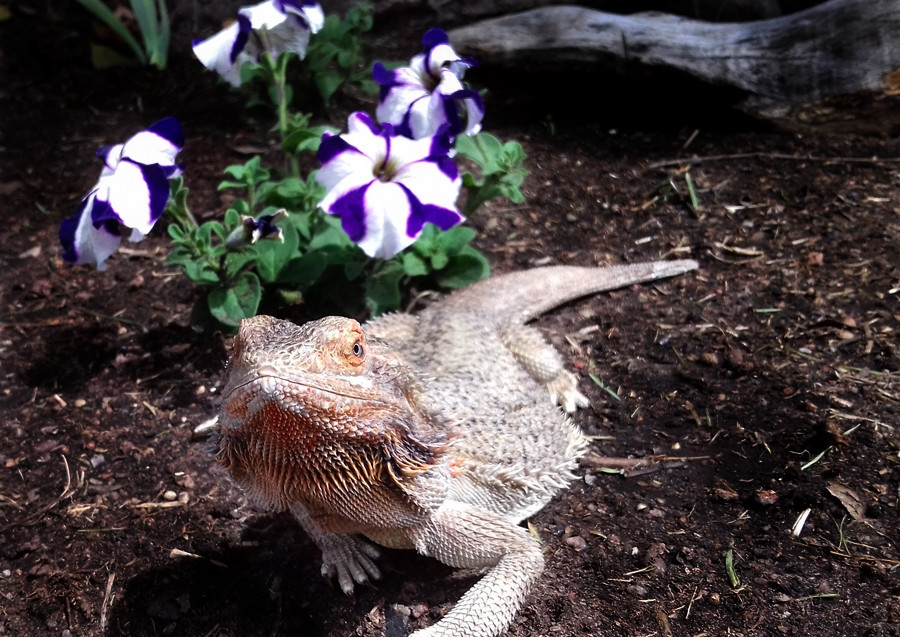
- Bearded dragons in captivity actually love attention so do not be scared to hold the little fella.
- Bearded dragons are sedentary lizards, but do not misjudge them. Some dragons can run up to 6 miles per hour. (10km/hour). These statistics apply to wild bearded dragons.
- Although bearded dragons can run far and fast, they cannot keep a fast pace and run in short bursts.
- It can be quite impossible to tell the sex of a dragon when they are babies or juveniles. It is easier when they are adults, but sometimes their sexes can still get mixed up.
- Most females have thinner, more slender tails than males, but not all of the time.
- When a bearded dragon is threatened, he/she will fill his/her body with air, and lift themselves high off the ground standing on just the tips of their feet. They will furthermore, puff out their beards and open their mouths, pointing to whatever is threatening them. All this in an attempt to look bigger and scarier.
- Bearded dragons darken or lighten their skin tone to help regulate their body temperature.
- Although bearded dragons have a breeding season, they will mate throughout the year.
- Bearded dragons reach sexual maturity around the age of 12 months.
- Bearded dragons do have teeth, and they do bite if you threaten them or they do not want to be held.
